Watercolors in the Wild: Surface Design Magic & Spring Flora Folio, part 1
materials list
For detailed art supply recommendations, please see Andie’s website here.
Before class, please follow the link below and print out this file: Spring Flora Folio Instructions.jpg.
Click here to open the image file to save.
Before class: Have a plant on hand for reference. This can be a living plant, plant parts, or a photograph. You’ll be referring to your plant for color, shape, gesture, form, etc., so, choose a plant you really like! You’ll be using this plant for Part 2, too. Take a few pics of your plant in case it wilts between classes. Storing in the fridge may help, too.
Paper: 2 full-size sheets of paper ~ 22x30 inches. Recommended: fold-friendly paper such as Fabriano or Strathmore watercolor paper, or Stonehenge (white). If you’d like to use other paper, try testing first to be sure it folds nicely and is also fun to paint on. (Not all watercolor paper folds well.)
No. 2 or HB pencil
1 or 2 pastels or pastel pencils, if you have them
Ink: dark color like black or sepia
Brushes recommended: Inexpensive 1.5-2 inch wide craft bristle brush, No. 8, 10, or larger, round watercolor brush, and a No. 4 round watercolor brush, “waterbrush,” or “Aquash” brush. Also helpful: a rigger, liner, or script brush, an angle shader, and a short flat or filbert.
Tube watercolors listed here (and on Andie’s website, link above) are recommended.
The six recommended double primary colors are:
Quinacridone rose, or quinacridone pink, or permanent rose (purple-biased red)
Cadmium red or pyrrol scarlet (orange-biased red)
Ultramarine blue (purple-biased blue)
Phthalo blue, or manganese blue, or cerulean blue (green-biased blue)
Lemon yellow, or cadmium yellow pale, or hansa yellow light (green-biased yellow)
Hansa yellow deep or cadmium yellow deep (orange-biased yellow)
Additional recommended colors are:
Burnt sienna and/or burnt umber
Quinacridone gold
Sap green
Chromium oxide green
Any purple or violet
Any orange
Tube of permanent white gouache paint (not watercolor)
Paint mixing palette. This can be a plastic lettuce bin lid, a paper plate covered with saran wrap, a china plate, or a traditional paint palette.
Paint mixing containers such as a small cups or dishes
Paper towels or rags
Spray bottle and/or eye dropper for water is helpful
Water containers
Iron or large board to flatten your paper between classes
Optional: Jacquard Pearl-Ex Pigments and/or Finetec mica watercolors (just one color is plenty)
Optional: ox gallTube of permanent white gouache paint (not watercolor)
Paint-mixing palette. This can be a plastic lettuce bin lid, a paper plate covered with saran wrap, a china plate, or a traditional paint palette.
Paint-mixing containers such as a small cups or dishes
Paper towels or rags
Spray bottle and/or eye dropper for water is helpful
Water containers
Iron or large board to flatten your paper between classes
Optional: Jacquard Pearl-Ex Pigments and/or Finetec mica watercolors (just one color is plenty)
Optional: ox gall
